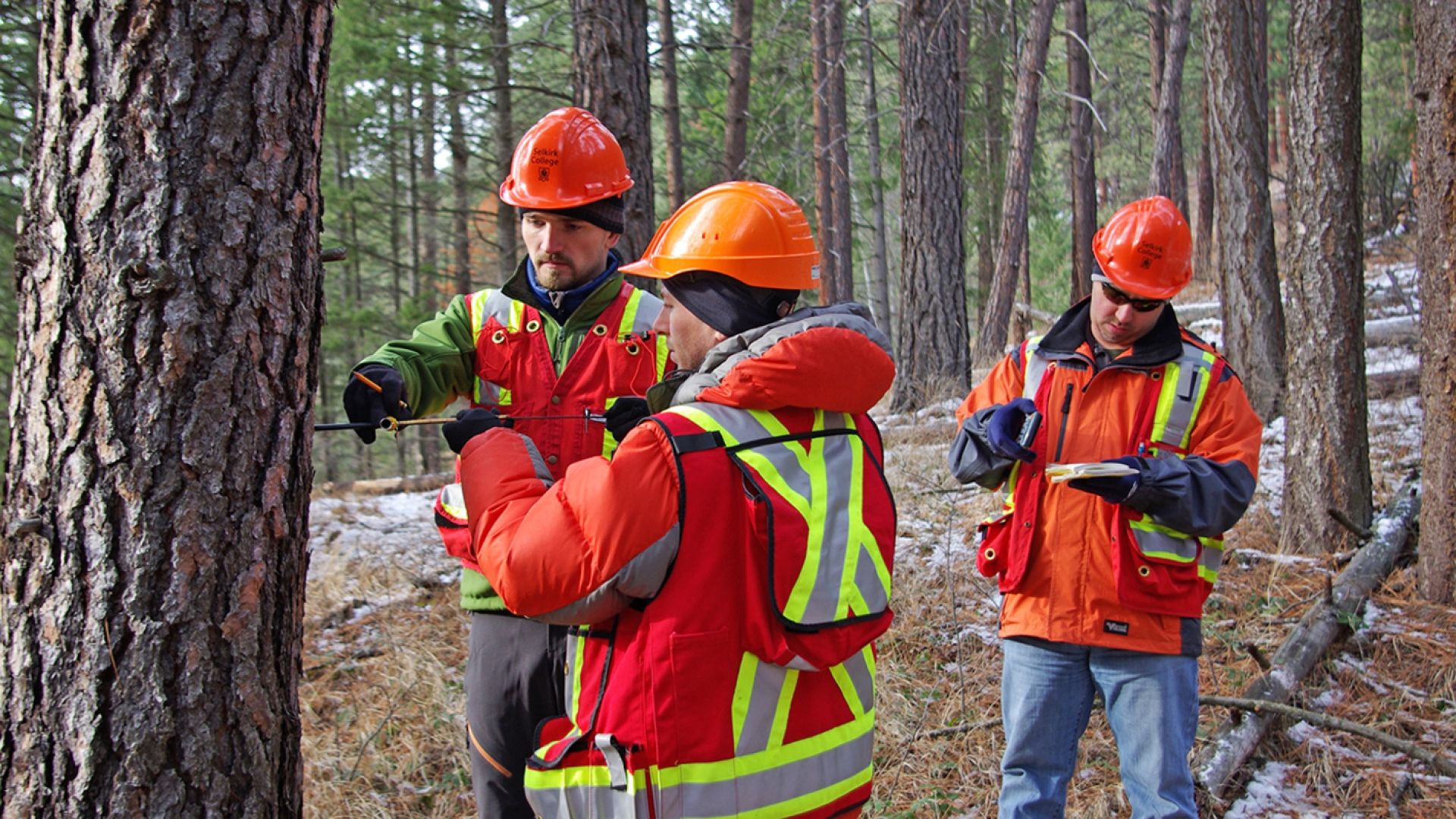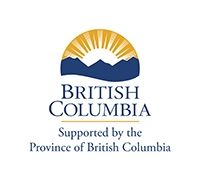
A Living Lab for Hands-on Learning
The Skattebo Education Forest (SEF) covers 285 hectares along the east shore of the Kootenay River. Since the Province of BC granted the land to Selkirk College in 1999, it has been an outdoor classroom with a variety of vegetation, shrubs, wildlife and tree species where students in Forest Technology, Recreation, Fish and Wildlife, Applied Environmental Science and Planning Technology and other programs can get hands-on experience.
Please obey all posted road and trail signs.
Real-World Research
Fuel-management project
The Skattebo Fuel Management Project was initiated to reduce wildfire risk and study the effects of fuel reduction in the Skattebo Education Forest adjacent to the community of Glade.
Phase 1 began with drone-based data collection and analysis and an understory fuel prescription for traditional pile and burn treatment in the northernmost area closest to the community of Glade.
Phase 2 contrasted the traditional pile and burn prescription with a mechanized mastication treatment completed in the winter of 2023/24. Selkirk College researchers, students and forest professionals, including CABIN Resources and Agrofor, completed this work.
Selkirk College acknowledges the support of Columbia Basin Trust and the Province of BC in aiding with these treatments.
Fire crew training
Local crews from the BC Wildfire Service often use the forest as part of their pre- and post-fire season training, including danger tree assessment and brushing the main road.
Ecology
The SEF is classified as a West Kootenay Dry Warm Interior Cedar-Hemlock (ICHdw1) forest, with moist, warm springs, hot to very hot, dry summers, and mild, dry winters. Snowpack is typically moderately shallow.
The forest is home to a variety of shrubs, vegetation and wildlife. Numerous tree species include cedar, Douglas fir, western hemlock, lodgepole pine, grand fir, western white pine, western larch and ponderosa pine.

